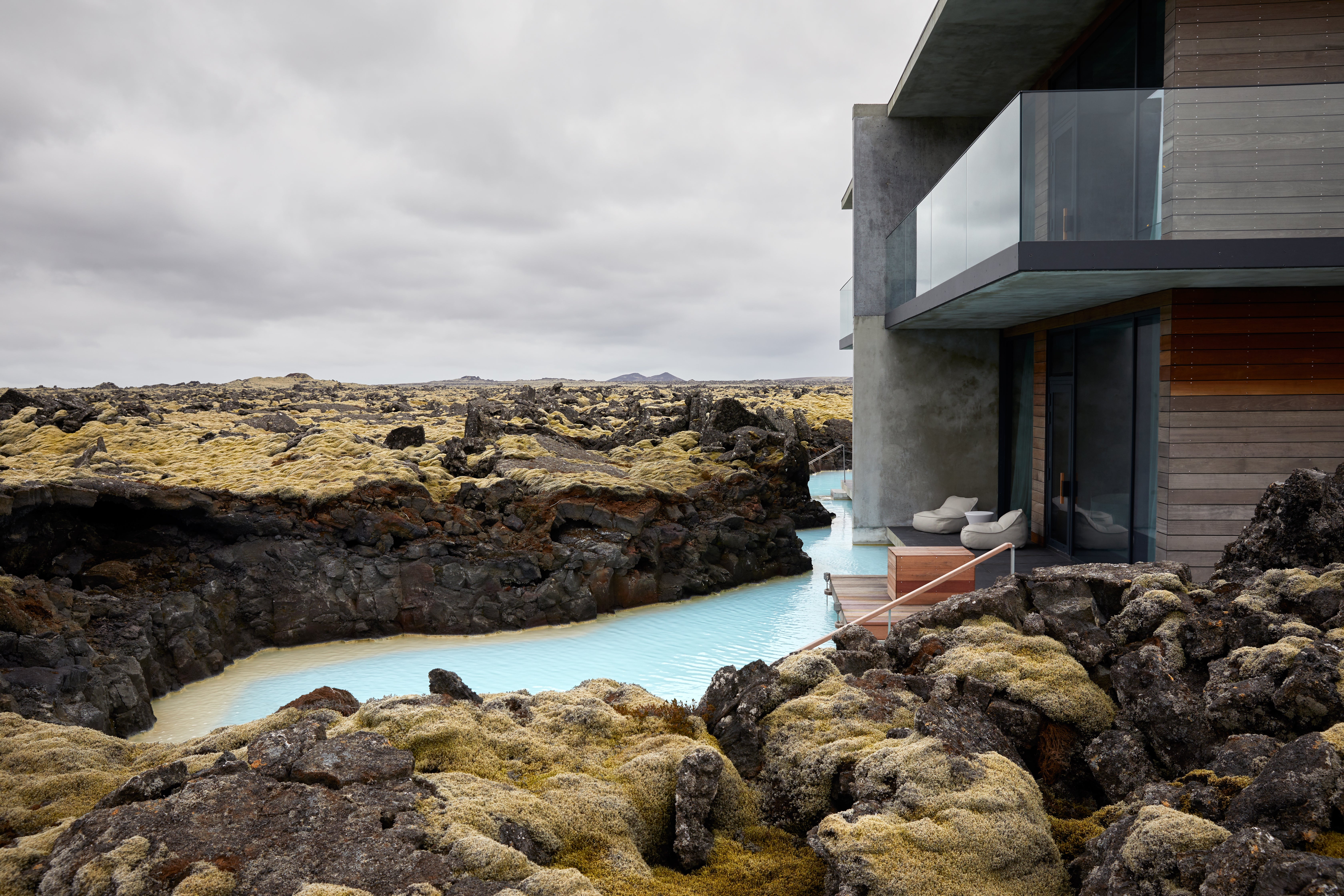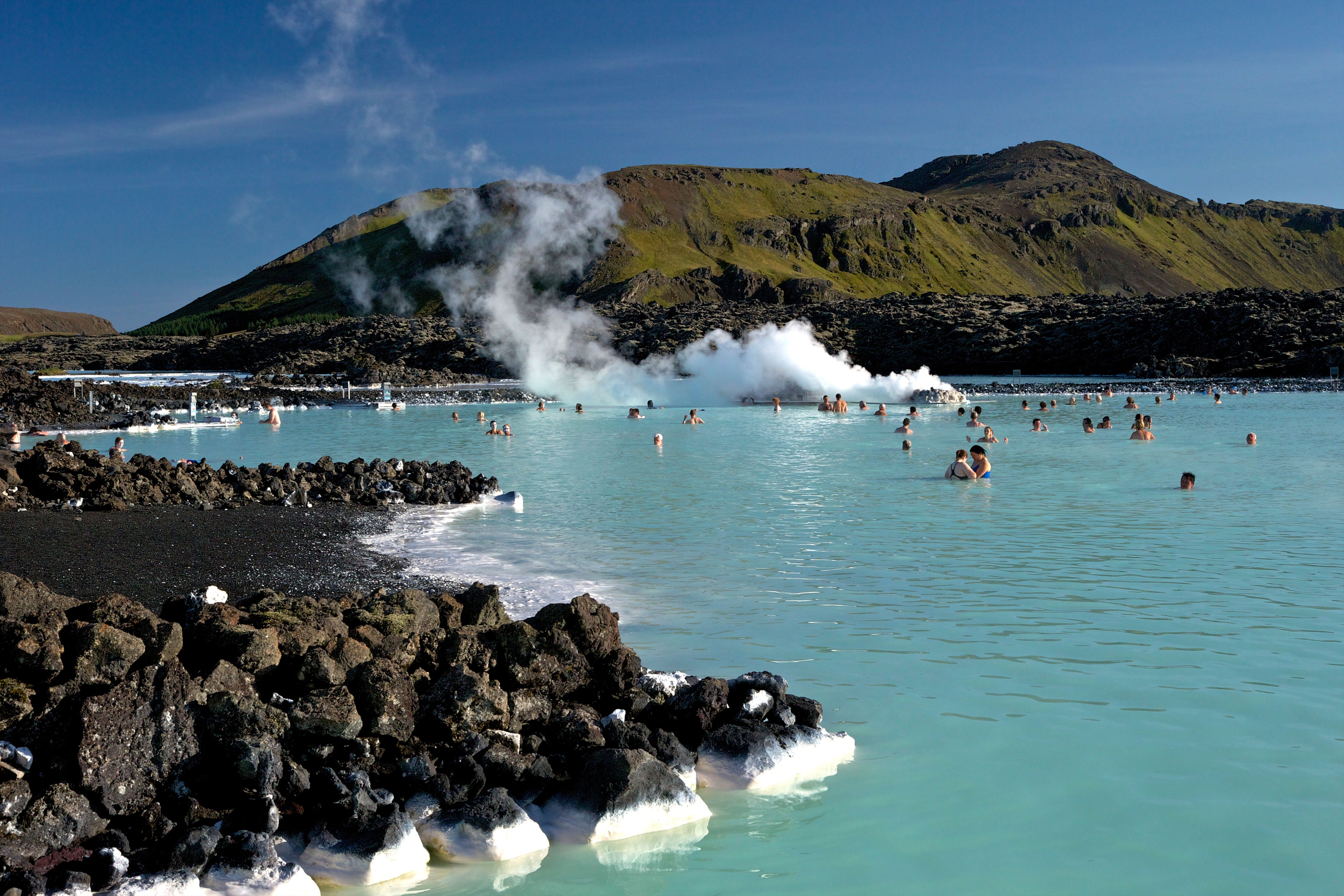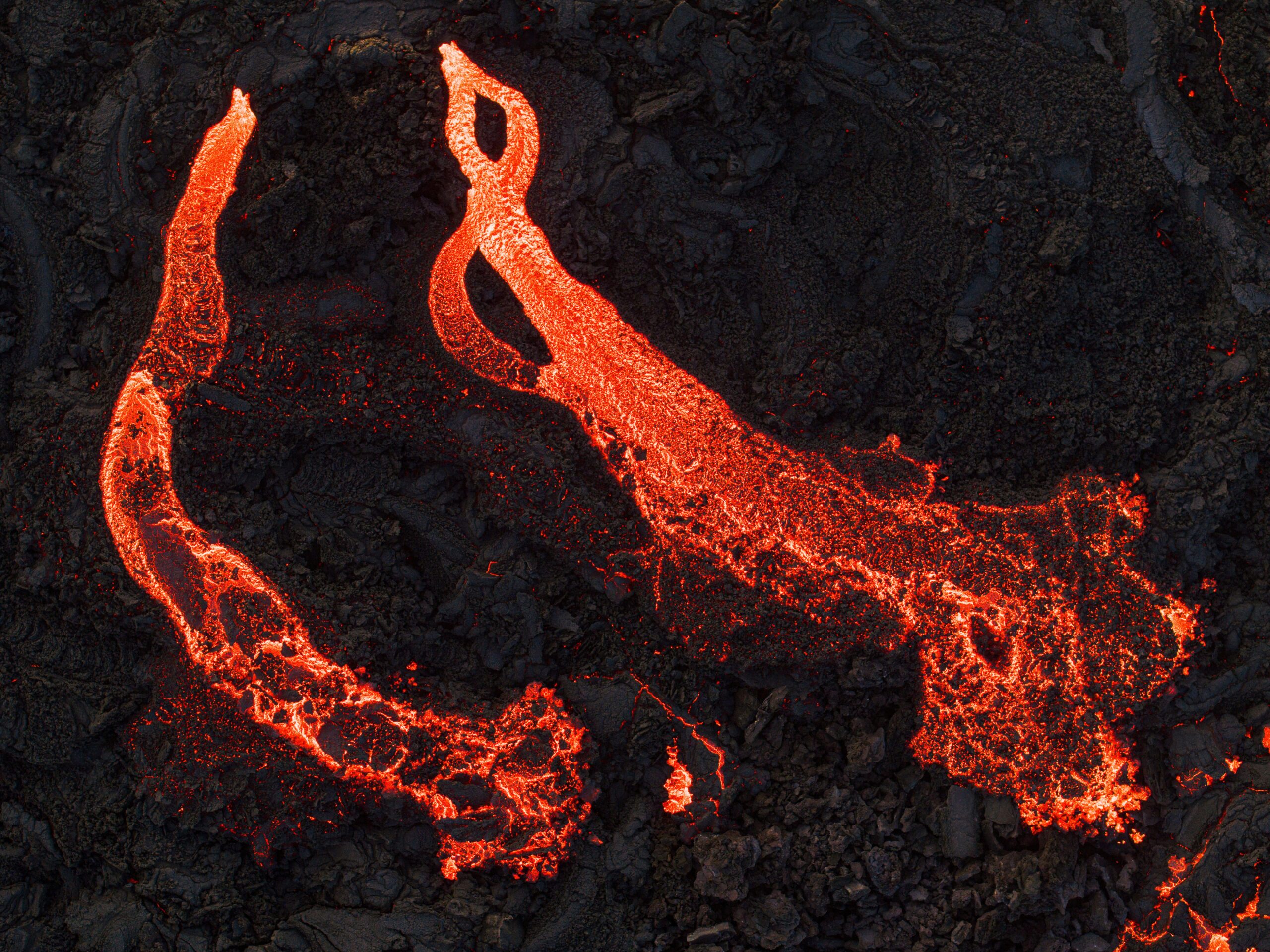The sky burned crimson as flames licked the horizon. While wildfires wreak havoc in other parts of the planet, the infernos engulfing parts of Iceland burn deep from within the earth’s core.
Last week, the Nordic nation experienced another volcanic eruption along the southern Reykjanes Peninsula, an area straddling the Mid-Atlantic Ridge where the North American and Eurasian tectonic plates converge. In a geological system that has laid dormant for 800 years, this was the ninth event since 2021.
Volcanic eruptions, lava flows and seismic activity have become part of daily life on an island constantly reshaped by the powers of nature.
“Scientists can predict roughly when another eruption might happen,” said my guide, Gunnar, as we drove from Keflavik International Airport, a 20-minute ride from the restless peninsula. “But nobody ever knows for sure.”
Read more on Europe travel:
When I visited the country two weeks prior to the latest eruption, residents were already anticipating new fissures and fires. A dark wall of lava sloped along the road to iconic geothermal spa the Blue Lagoon, evidence of an eruption earlier this year which wiped out nearby town Grindavik, forcing 4,000 people to abandon their homes.
Road signs struck through with a red line were a chilling reminder of the speed with which molten magma can erase a town.
On several occasions, lava flows have come dangerously close to The Retreat, one of Iceland’s most luxurious hotels. When I arrived, plans were already in place for an evacuation – a drill the team now know all too well.

Safety precautions already in place include a network of gas meters capable of detecting eruption-related air pollution. A sophisticated and well drilled evacuation system can get guests to safety safety within an hour.
Anywhere else in the world, building so close to active volcanoes would verge on suicidal. But in Iceland, every patch of land is potentially volatile. Besides, the cause of so much destruction is also the foundation of the hotel’s main attraction.
Part of a global geopark, The Retreat neighbours the Blue Lagoon – a super-sized spa filled with a mixture of seawater and fresh water heated 2,000 metres below the earth’s surface in volcanic aquifers.

While the origins of the site’s source extend…
Click Here to Read the Full Original Article at The Independent Travel…
